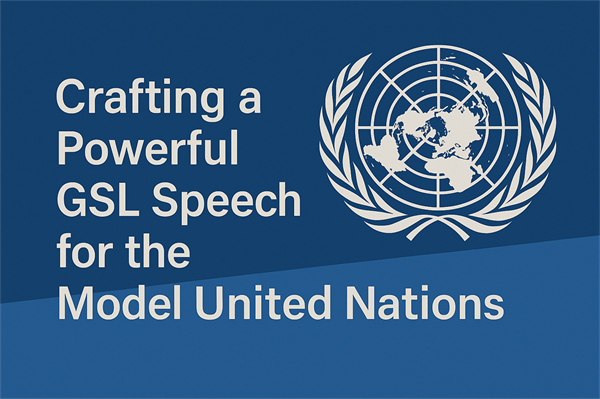Unlocking the World of Diplomacy Insights from a Model United Nations Conference
Model United Nations (MUN) conferences are an incredible opportunity for students and young professionals to step into the shoes of global diplomats and tackle pressing international issues. These simulations of the United Nations foster debate, diplomacy, and the development of leadership skills. But what exactly makes MUN conferences such a transformative experience? Let’s dive into the world of MUNs to explore their significance and the unparalleled benefits they offer.
What is a Model United Nations Conference?
A Model United Nations conference is an academic simulation that mirrors the workings of the United Nations.
Behind the Scenes: What to Expect Participating in an MUN conference can seem intimidating at first, especially for newcomers. However, the structure of these events is designed to guide participants through every step of the process: Preparation: Delegates research their country’s policies and prepare position papers. This phase is critical for a successful experience. Opening Ceremony: The conference kicks off with inspiring speeches from dignitaries, setting the tone for the event.
Participants, often referred to as delegates, represent different countries and work within committees such as the Security Council, World Health Organization (WHO), or General Assembly. The agenda usually revolves around real-world issues like climate change, cybersecurity, global health crises, and human rights violations.
Delegates are tasked with researching their assigned country's policies and perspectives on the given topics. They draft position papers, engage in debates, and collaborate to draft resolutions that aim to address the issues at hand. The end goal? To simulate how international diplomacy works and to propose actionable solutions to global problems.
Why Participate in an MUN Conference?
Enhances Public Speaking and Negotiation Skills: MUN conferences provide a platform to hone public speaking skills. Delegates must present their ideas confidently and negotiate with peers to find common ground—skills that are invaluable in any career.
Boosts Global Awareness: Preparing for an MUN requires thorough research into international issues and a country's stance on them. This deep dive fosters a better understanding of global politics, economics, and cultures.
Develops Critical
Thinking and Problem-Solving: Delegates face the challenge of addressing complex global issues. Crafting effective solutions demands analytical thinking, creativity, and collaboration.
Builds Leadership and Teamwork: MUN is a collective effort. From drafting resolutions to garnering support, participants learn the essence of teamwork and leadership.
Behind the Scenes: What to Expect Participating in an MUN conference can seem intimidating at first, especially for newcomers. However, the structure of these events is designed to guide participants through every step of the process: Preparation: Delegates research their country’s policies and prepare position papers. This phase is critical for a successful experience. Opening Ceremony: The conference kicks off with inspiring speeches from dignitaries, setting the tone for the event.
Committee Sessions: These are the heart of the conference. Delegates debate, form alliances, and draft resolutions.
Social Events: Beyond debates, MUNs often include social gatherings, fostering camaraderie among participants.
The Takeaway: Why MUN Matters
MUN conferences go beyond academic enrichment; they are life-changing experiences. Delegates walk away with not just certificates but also a profound sense of empowerment and a network of like-minded peers. These conferences inspire future leaders to think globally and act locally.
In a world that demands cooperation and innovation to solve its challenges, MUN conferences stand out as incubators of the next generation of diplomats, leaders, and changemakers. So, whether you’re a seasoned debater or a curious beginner, stepping into the world of MUNs could be your gateway to a brighter future.


Comments
Post a Comment